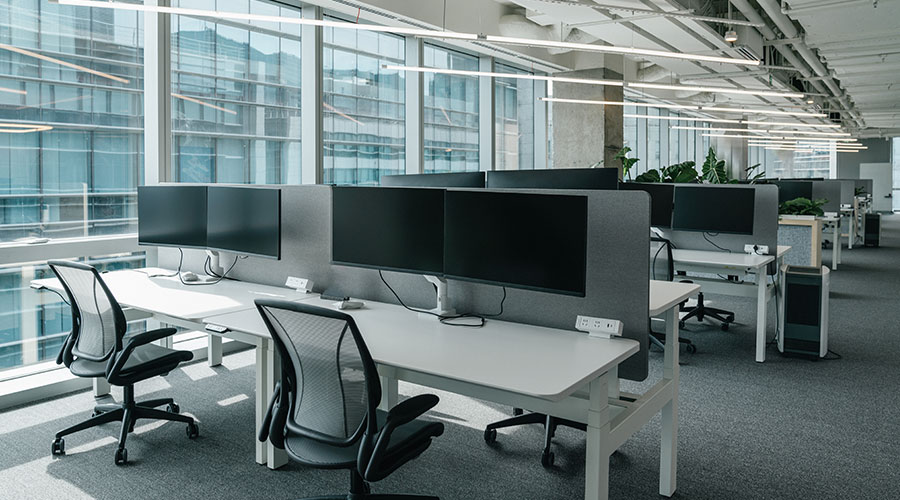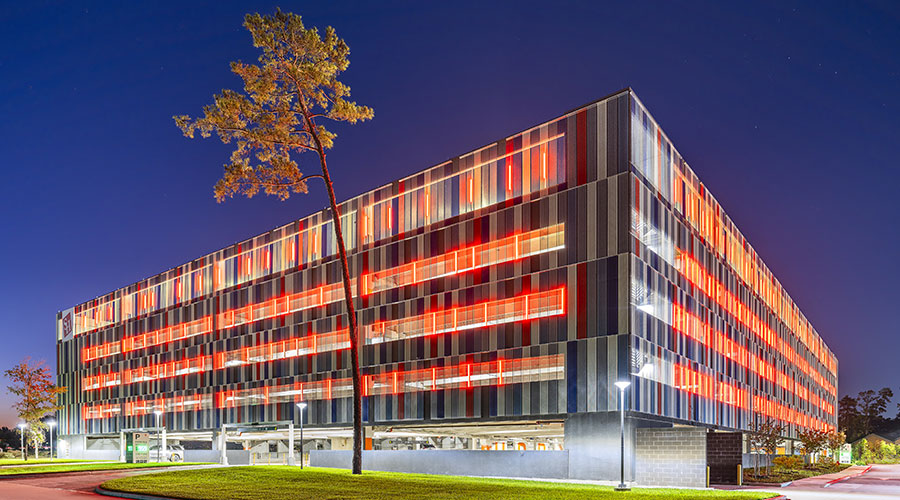High-Performance Lighting Design and California’s Title 24
Can energy codes provide the basis for good lighting design practice? Codes set minimum requirements, and in many cases “designing to code” means designing to a fairly low level of lighting efficiency. But California’s Title 24 has always been in the vanguard of promoting energy efficiency with regard to lighting, controls, and other building systems. While other codes are catching up, California keeps pushing the envelope with new requirements designed to maximize the energy efficiency of lighting for new construction, as well as existing buildings. As a result, some of the code requirements — including the use of LPD (watts/square foot) limits as the cornerstone for restricting energy consumption — may be considered a good baseline for high-performance lighting in new construction or retrofit projects, even outside California.
By California law, energy efficient equipment and processes cannot be mandated in Title 24 if they don’t meet certain payback criteria. What that means is that Title 24 often does not reflect all of the most advanced strategies for high-performance lighting design. In many cases, it’s not hard to achieve much higher levels of energy efficiency, as long as a longer payback for those more efficient solutions is acceptable to the organization.
‘Energy’ Codes vs. ‘Power’ Codes
When people talk about “energy” codes, they really mean “power” codes. For decades, ASHRAE 90.1, Title 24, and other standards have mandated maximum power usage in a lighting system — measured in kilowatts. While the maximum draw (or “demand”) on the electric supply system is important, the greater concern is about energy use — measured in kilowatt-hours. Because “Energy = Power x Time,” the major difference is that a true energy code needs provisions that address how lights are used over time. As energy commissions and code committees have already figured out, tamping down actual energy use — versus limiting maximum power draw — requires code provisions for a variety of lighting control devices and strategies.
The 2013 version of Title 24 has some of the most complex and stringent requirements for lighting controls, but other codes are also catching up. Many of these requirements pertain to retrofit projects as well as new construction. It’s important to note that the trigger points for code compliance for retrofit projects have substantially changed. Much smaller retrofit projects will now trigger the need to adhere to most or all code requirements.
Besides controls, Title 24 has many new significant provisions in other areas as well. Code provisions address several main areas, including:
Lighting power density (LPD) versus annual lighting energy use. Title 24 and other energy codes have always used LPD (watts/square foot) limits as the cornerstone for restricting energy consumption. Maximum LPDs have come way down over the past few decades. As an example, Title 24 currently limits power for open office area lighting to 0.75 or 0.80 watts/square foot, depending on which calculation method is used for power budget determination. As low as the current code limit is, vendors regularly tout their ability to achieve acceptable levels of light using 0.5 or 0.6 watts/square foot.
Limits for actual lighting energy use have not yet been incorporated into code language for a variety of reasons. But lighting energy is mostly what you’re paying for. Typical power density for open office lighting has hovered around 1.0 watts/square foot in recent years. If an office space has a consistent LPD of 1.0 watts/square foot and the space is occupied 4,000 hours/year, then it has a resulting annual energy use of 4.0 kilowatt-hours/square foot/year. Here again, many vendors have been in a “rush to the bottom” to help customers achieve substantially lower energy use. Many claim that their systems can light open office spaces for 2.0 kilowatt-hours/square foot/year — and often less. With the advent of high-efficacy LED lamps and fixtures as well as sophisticated control systems, these results are often achievable in other space types as well, including classrooms, warehouses, and hospitals.
Related Topics:














